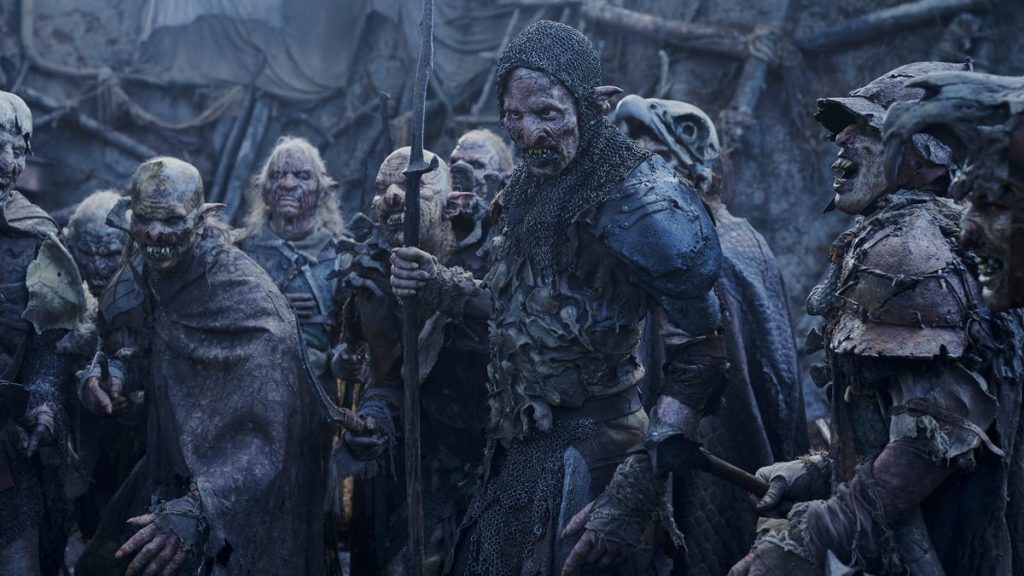Season 2 of The Lord of the Rings: The Rings of Power on Prime Video is a unique take on J.R.R. Tolkien’s Middle-earth, showcasing events that occurred before Sauron became the big angry flaming eyeball we know from the books and movies. The show takes liberties with the source material, filling in gaps and expanding the lore beyond what Tolkien created. The first season made adjustments to the story based on extensive research and consultation with Tolkien scholars, leading to some changes from the original text. The analysis of each episode in the second season examines the differences between Tolkien’s lore and the show’s adaptations.
In Episode 1, the focus is on the Elven rings and Sauron’s influence, setting up the stakes for the Elves and introducing key characters like Nori and The Stranger. The presence of Sauron is portrayed in a way that fits within the gaps of Tolkien’s writing, with some liberties taken to enhance the storytelling. The forging of three Elven rings deviates from Tolkien’s timeline, creating new dynamics among the characters. Nori and The Stranger’s journey to Rhun explores uncharted territory in Tolkien’s lore, providing opportunities for creative storytelling while paying homage to the source material.
Episode 2 delves into the conflicts in Khazad-dum and Eregion, highlighting the prosperity of the Dwarves and the influence of the rings on their society. Galadriel’s vision and the revelation of Annatar as the Lord of Gifts add depth to the narrative, blending elements of Tolkien’s lore with original storytelling. The struggle between tradition and progress is showcased through the characters’ decisions, setting the stage for future developments in the story.
In Episode 3, the tensions in Numenor come to a head as power shifts within the kingdom, leading to the banishment of the Faithful and a growing resentment towards the Elves. The narrative explores the complexities of power and loyalty, drawing parallels to Tolkien’s themes of corruption and redemption. The introduction of new characters and plotlines adds layers to the story, expanding the world of Middle-earth beyond the established lore.
Episode 4 focuses on the encounters between The Stranger, Nori, and Poppy with new characters like Tom Bombadil and The Gund, exploring the mysteries of Rhun and the interconnectedness of different races in Middle-earth. The development of Elrond and Isildur’s characters adds depth to their relationship, setting the stage for future conflicts and resolutions. The exploration of Entwives and their role in the story expands the mythology of Middle-earth in unexpected ways.
In Episode 5, the tensions in Eregion reach a climax as Annatar’s influence grows, leading to the creation of the Nine Rings and the downfall of Celebrimbor’s kingdom. The portrayal of Durin III’s reign and the power of the rings adds complexity to the narrative, showcasing the consequences of greed and power. The banishment of the Faithful reflects the conflicts within Numenor and the rise of a new order under King Pharazon, setting the stage for future conflicts and resolutions.
Finally, in Episode 6, the conflicts in Eregion come to a head as Annatar’s manipulations lead to the destruction of the kingdom and the corruption of its inhabitants. The struggle between power and corruption is showcased through Celebrimbor’s decline and Durin III’s descent into darkness. The ultimatum presented to The Stranger by Tom Bombadil forces him to confront his destiny and make a choice that will shape the future of Middle-earth. The narrative explores themes of power, corruption, and redemption, blending elements of Tolkien’s lore with original storytelling to create a compelling and engaging narrative.


